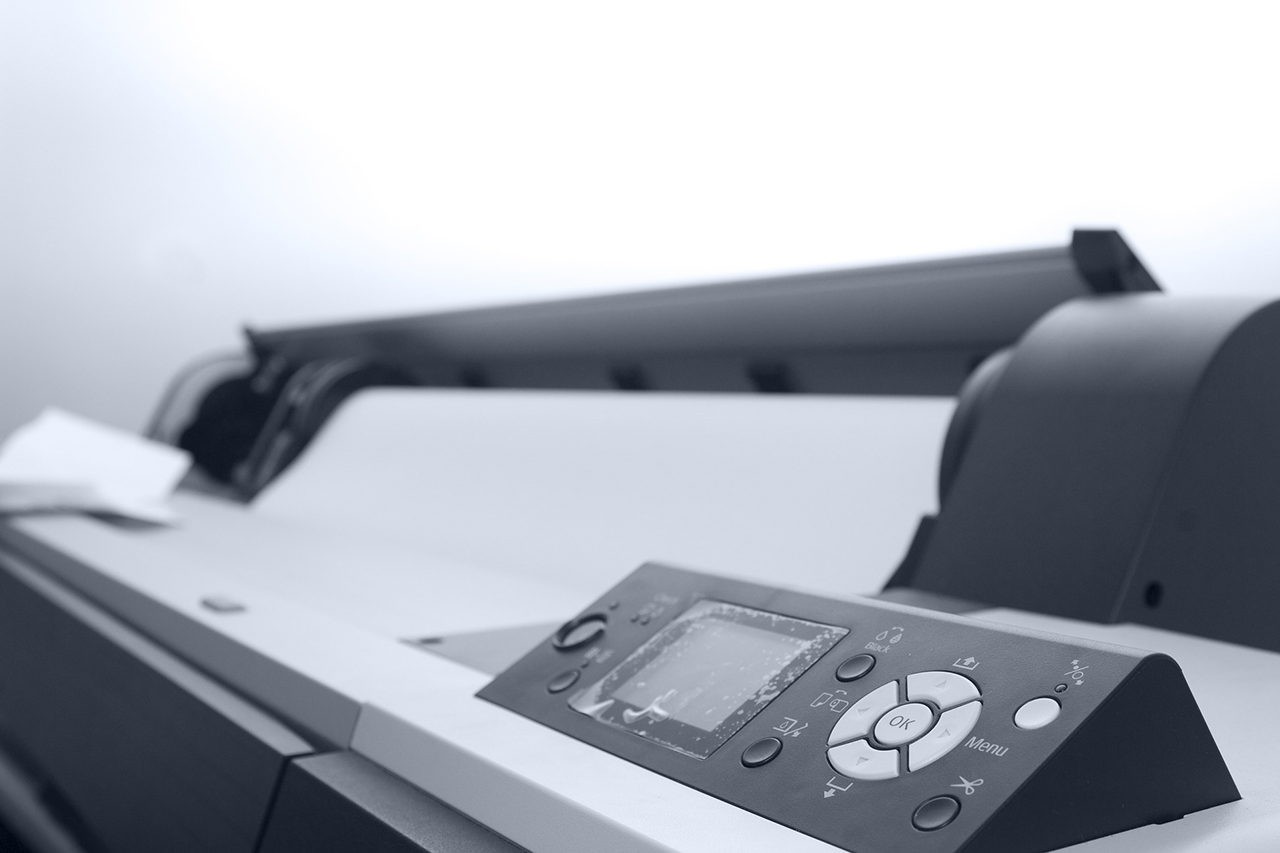On June 20, 2019, the Supreme Court issued its decision in PDR Network, LLC, et al. v. Carlton & Harris Chiropractic, Inc., Docket No. 17-1705. This case involves the receipt of an unsolicited fax and whether such a fax violates the Telephone Consumer Protection Act (“TCPA”). The Court declined to squarely answer the question, but instead, sent it back to theCourt of Appeals for additional review.
Generally, under the Telephone Consumer Protection Act (“TCPA”) anyone can sue if they receive an unsolicited ad by fax. This is exactly what happened in PDR Network. Carlton & Harris Chiropractic received the “Physicians’ Desk Reference” – a compilation of manufacturers’ prescribing information on prescription drugs, available free of charge to healthcare professionals – via fax. Carlton & Fields filed a class action lawsuit in the Southern District of West Virginia against PDR Network. Carlton & Fields alleged violations under theTCPA and sought money damages.
Under the TCPA, an unsolicited ad is defined as “any material advertising the commercial availability or quality of any property, goods, or services which is transmitted to any person without that person’s prior express invitation or permission, in writing or otherwise.” 47 U.S.Code § 227(5). With this definition in mind, the district court dismissed Carlton & Harris’ Complaint, explaining that the fax did not fall under statutory definition. Carlton & Harris appealed the decision to the Fourth Circuit, and the Court of Appeals vacated the District Court’s Judgment. The Court of Appeals held that this is not a common statutory interpretation case. Rather, this case is about interpreting administrative law. While the TCPA provides a definition of an “unsolicited ad,” the Federal Communications Commission (“FCC”) has its own interpretation of the definition.
The FCC issued an Order in 2006 interpreting an“unsolicited advertisement” in the TCPA to include “facsimile messages that promote goods or services even at no cost, such as free magazine subscriptions …” Federal Communications Commission, FCC 06-42 (April 6, 2006). The Court of Appeals explained that the Hobbs Act governs review of agency orders interpreting the TCPA. Specifically, the Court of Appeals held that “the jurisdictional command” of the Hobbs Act requires a district court to apply FCC interpretations of the TCPA. Carlton & Harris v. PDR Network, 883 F. 3d 459, 466 (2018). Further, the Hobbs Act requires an “aggrieved party to seek judicial review of the agency’s final order within 60 days of its entry in the appropriate circuit court of appeals.” 28 U.S. Code §2344. Put simply, the Court of Appeals found that the district court should have adopted the FCC interpretation of an “unsolicited advertisement.”
PDR filed a petition for certiorari, asking the Supreme Court to consider whether the Hobbs Act required the district court to accept the FCC’s legal interpretation of the TCPA. On June 20,2019, the Supreme Court narrowly answered this question by instructing the Fourth Circuit to resolve two preliminary issues. First, the Fourth Circuit should determine the legal nature of the 2006 FCC Order – is it a legislative rule or is it an interpretive rule. If it is an interpretive rule, then the FCC definition of an “unsolicited advertisement” may not be binding on a district court. Second, the Fourth Circuit needs to assess whether PDR Network had a prior and adequate opportunity to seek judicial review of the FCC’s 2006 Order. If PDR Network did not have a prior and adequate opportunity to seek judicial review, then PDR may be able to challenge the FCC Order.
The Supreme Court’s Order leaves much for speculation, and it likely won’t be long until another case comes along and the Court will once again be confronted with the Hobbs Act. Hanging in the balance is whether district courts should defer to the FCC’s interpretation or follow the plain meaning of the statute.

